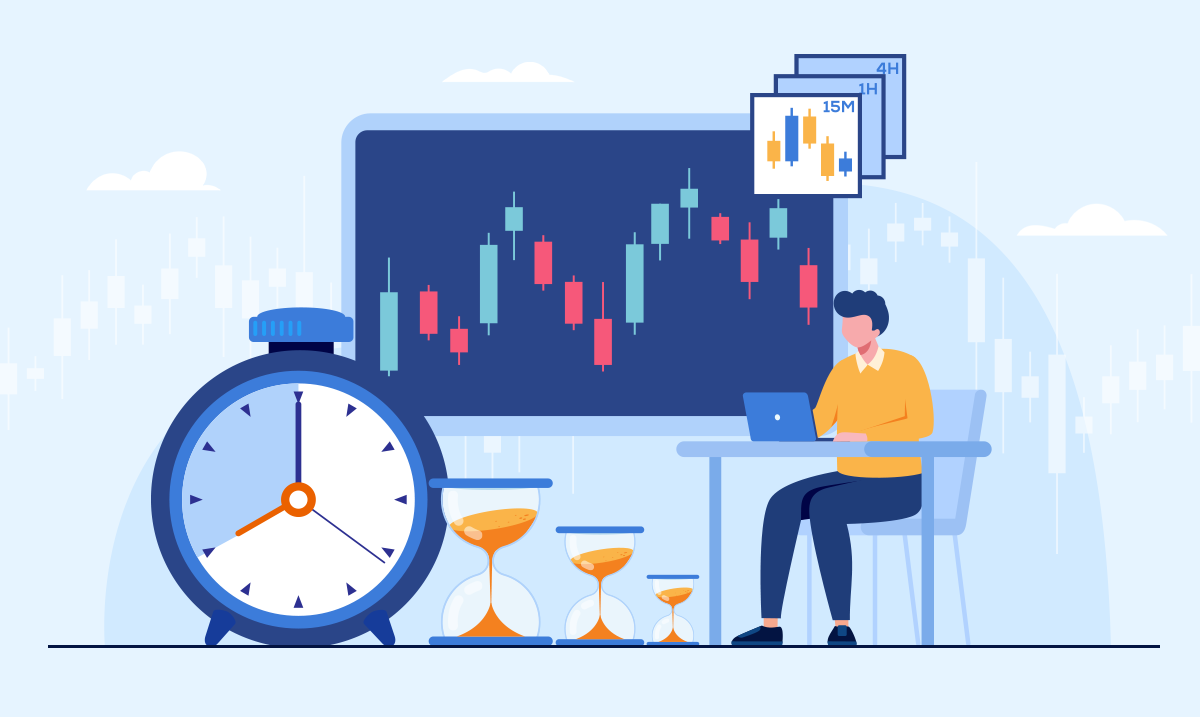Trendo trading platform, featuring a custom design and advanced technology, offers a fast, secure, and seamless experience for professional traders. Developed according to global standards, this platform fully meets users’ needs in financial markets.
